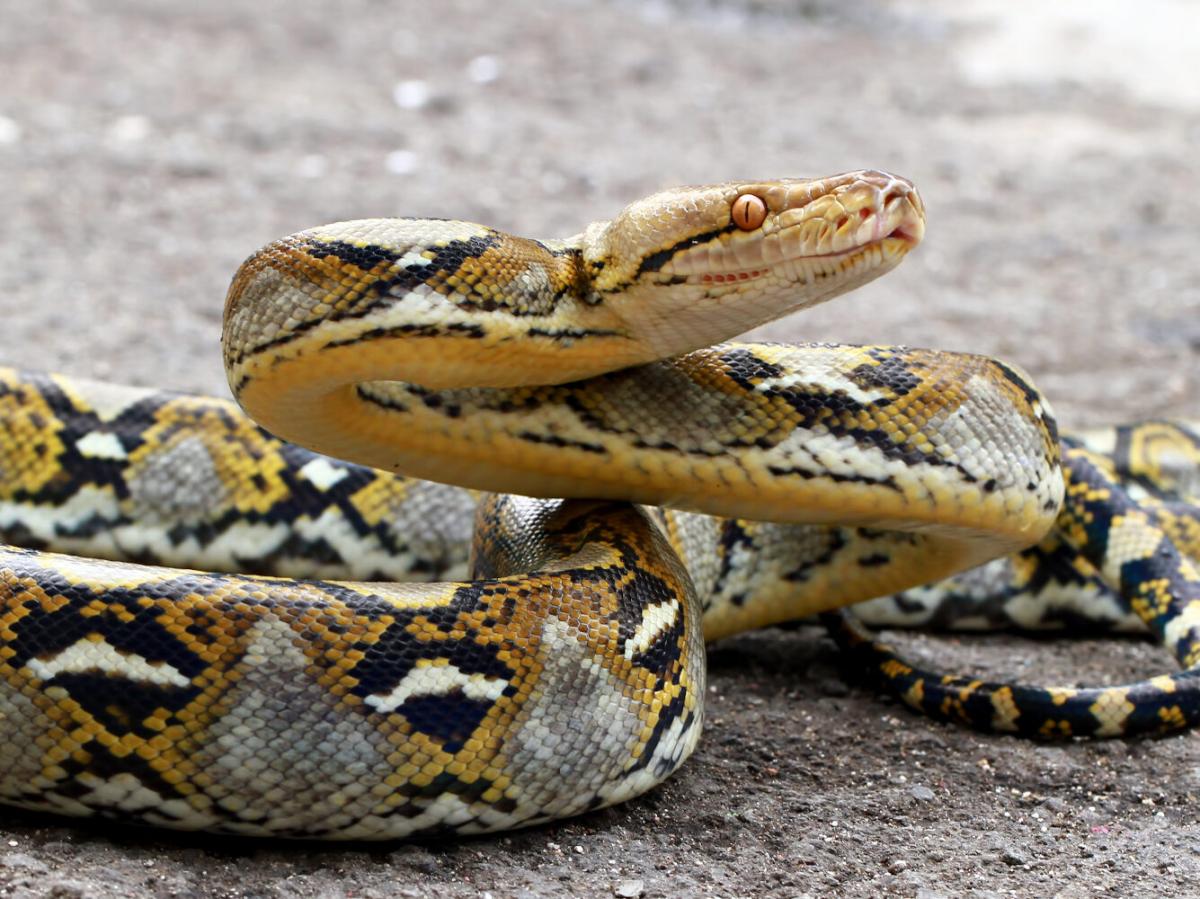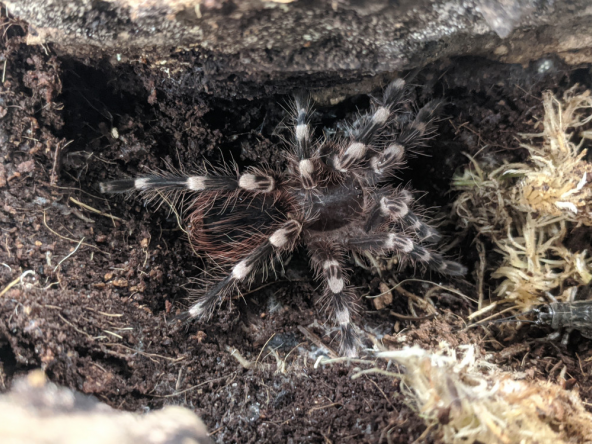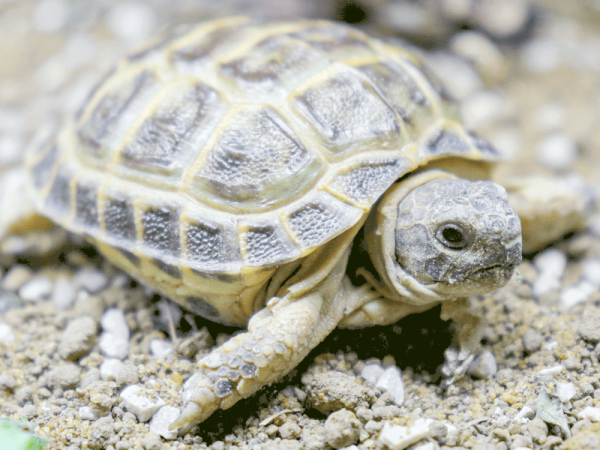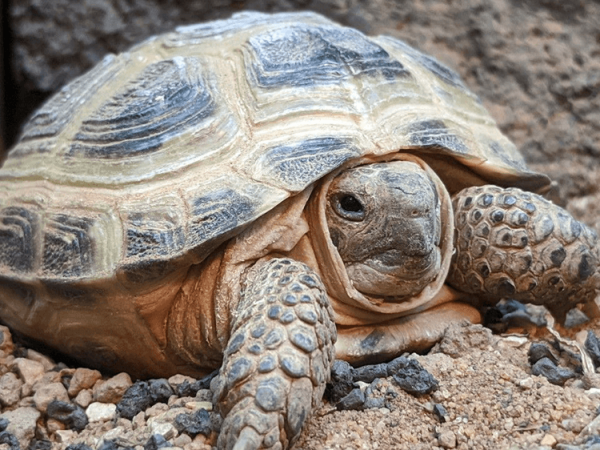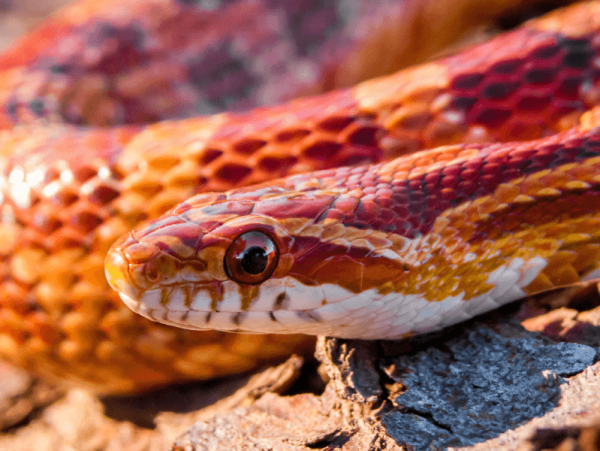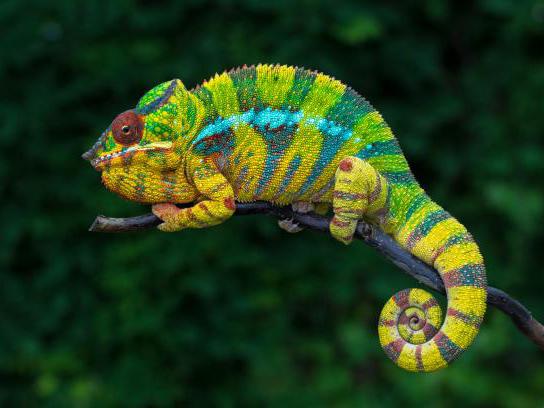Reticulated python, Malayopython reticulatus, care sheet
For anybody with a vague understanding of just what a reticulated python is, should know that undertaking the care of a reticulated python in captivity is no easy task. However, with the right knowledge, equipment and outlook you can make a home for one with you.
Reticulated Python biology
Often affectionately called retics by their owners, these large snakes evolved in the jungles and scrublands of South East Asia.
When we say large snake, we actually mean the biggest in the world, or at least in terms of length with snakes reaching sizes of around 6m (an occasionally a little more!), and around 75kg in weight at the uppermost limit.
Powerful, it is important to remember that a fully grown reticulated python is technically capable of causing injury or death to a human, however attacks in the wild are rare, and attacks in captivity even rarer providing the snake is well accustomed to handling, kept securely and well fed.
Reticulated python equipment
It will come as no surprise that you may have to upgrade the size of your vivarium as your retic grows in size, as well as ensuring that the glass fronts are made of the toughest glass, with locks to ensure no escapes or unauthorised access to the snake in your absence.
Retics, like all snakes start pretty small as hatchlings, so any small to medium terrestrial or arboreal vivarium should be fine providing you can fit in the required heating equipment to reach those nice sub-tropical temperatures.
But as they get older and bigger, you will have to upgrade to the largest vivariums you can, and consider the possibility of a custom-made vivarium to provide adequate housing, just make sure you invest in some strong glass!
Heating and Lighting
Most keepers agree that a retic will best enjoy an environment that features a temperature gradient around the 29 Degrees Celsius mark, allowing them to move to either the hot or the cool side to thermos-regulate depending on how they are feeling.
While this temperature can be achieved with heat-mats, we like to keep at least the hot end of our enclosures warm with a spot lamp connected to a reliable thermostat to keep it within range. Don't forget to use a bulb guard though as your retic might get too close otherwise!
Substrate
Drier substrates like aspen often do best, and some people even use non-printed paper although we can't say this makes for a great looking enclosure. Retics substrate will need changing relatively often when they pass waste, which as an adult can be in some pretty big proportions.
Food and feeding
As with most snakes, we recommend you feed your reticulated python outside of it's normal enclosure to help disassociate your incoming hand with being fed, helping your snake to know the difference between handling and feeding and help you avoid getting "tagged", which is a bit worse than usual with a retic!
As a general rule, its best to feed your reticulated python a frozen rat, or later rabbit that is of comparable girth to their size, and repeat this every 7 to 10 days on average.
Most owners even go as far as to grab a second freezer unit for their house, as frozen rats and rabbits work out cheaper when bought in bulk and stored up.




